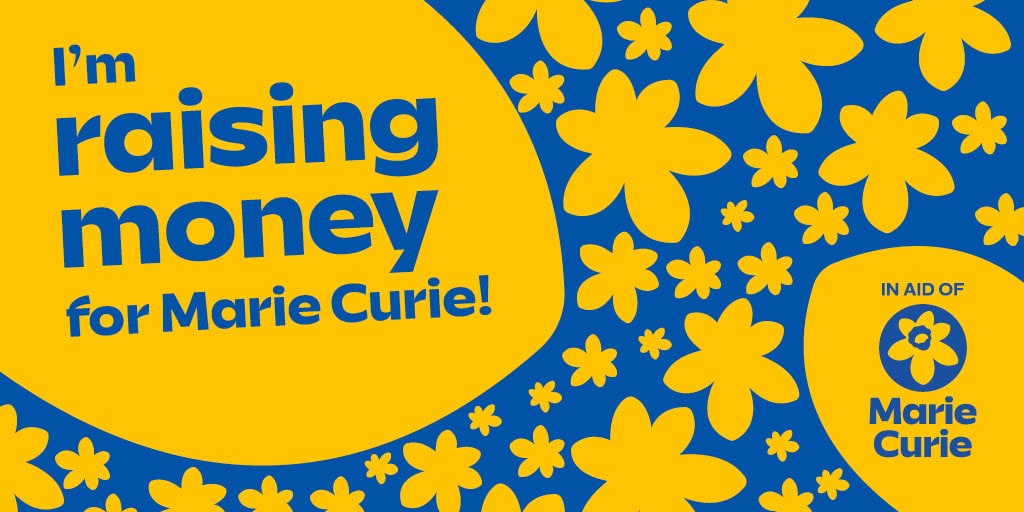While most of us look forward to the summer months, with sunny skies and warm temperatures, a prolonged exposure to excessive heat can be dangerous, especially for older adults.
Excessive exposure to heat can be fatal during a heat wave, when temperatures remain abnormally high. For example, in one particularly hot spell in London in August 2003, deaths among people aged 75 and up increased by 60%. During severe hot weather, there is a risk of development of heat exhaustion, heatstroke and other heat-related illnesses including respiratory and heart problems. Therefore, it is essential that we ensure all safeguarding measures and procedures are in place for ALL vulnerable service users.
Who is most at risk?
There are certain factors that increase an individual’s risk during a heatwave, including:
- older age: especially those over 75 years old, or those living on their own and who are socially isolated
- chronic and severe illness: including heart conditions, diabetes, respiratory or renal insufficiency, Parkinson’s disease, or severe mental illness. Medications that potentially affect renal function, sweating, or electrolyte balance can make this group more vulnerable to the effects of heat.
- inability to adapt behaviour to keep cool: having Alzheimer’s, a disability, or being bed bound.
The British Government described those at the highest risk who are in care as: over 75 years old, female, frail, severe physical or mental illness; taking multiple medications.
What to do
These are the steps to take before the hot weather arrives if you are visiting, supporting, or caring for someone in their own home. Include their family and any informal caregivers in these arrangements as much as possible.
- ensure there are sufficient arrangements for food shopping
- check that fridges and freezers work properly
- ensure their windows open
- check equipment like a fan is available and in position
- find out if the person can operate the controls, or do they need remote-operated equipment?
- check that the person has light, loose-fitting cotton clothing to wear
- check to see if the person’s home can be properly ventilated without posing any additional health, comfort, or security risks.
How to keep body temperatures down
- If they allow you to do so – splash cool water on their face and the back of their neck on a regular basis and sprinkle water on their clothes. A damp cloth on the back of the neck can help regulate body temperature.
- Cold foods, particularly salads and fruit with a high water content, are recommended.
- Encourage them to drink on a regular basis, preferably water or fruit juice, avoid alcohol and caffeine.
- Monitor their daily fluid intake, particularly if they are not always able to drink unaided.
Be Alert
In addition to the specific symptoms of heat exhaustion and heatstroke, keep an eye out for signs that could be attributed to other causes, such as:
- difficulty sleeping, drowsiness, faintness, and changes in behaviour
- increased body temperature
- difficulty breathing and increased heart rate
- dehydration, nausea, or vomiting
- worsening health problems, especially of heart or respiratory system
Heat waves can strike without warning, resulting in illness and death within days, so it’s best to be prepared.
If you think someone has heat stroke, call 999 immediately.
For more information, particularly regarding what medications may increase the chances of heat stroke, click here.
*Guidance for this article provided by NHS England.








